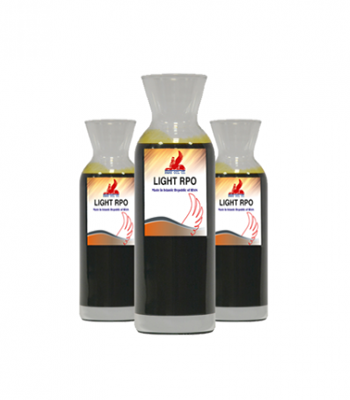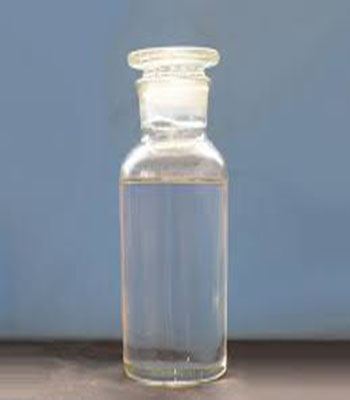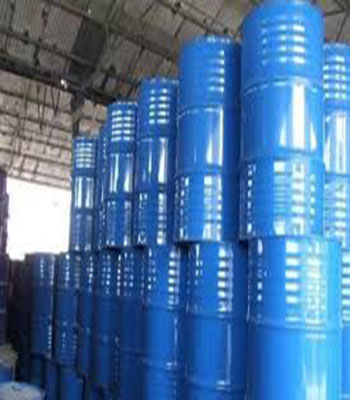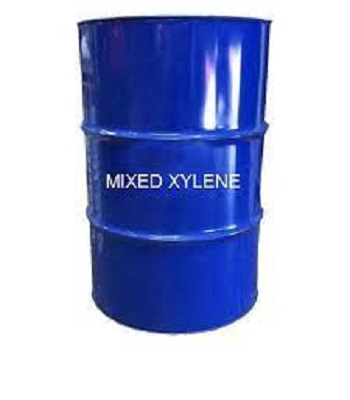Light RPO-Rubber Processing Oil
0,00 €PARS RUBBER PROCESS OIL (RPO) the highly aromatic (HA) type oil is known as distillate aromatic extract (DAE) is obtained in Pars Oil refinery as a by product during solvent extraction process of Producing lube base oils.
Applications
- As component in rubber formulations and manufacturing of products such as automobile tires, rubber shock absorber, footwear, industrial hoses, wire and cable coverings, flooring materials and carrier fluid or solvent in manufacture of adhesives, sealant, polish and carbon black
- Used as a lubricant in rubber processing
- Used as a component in ink production
Performance Features
- Excellent color stability
- Low volatility properties
- Good solubility properties
- Elastomer capability
Light RPO-Rubber Processing Oil
0,00 €PARS RUBBER PROCESS OIL (RPO) the highly aromatic (HA) type oil is known as distillate aromatic extract (DAE) is obtained in Pars Oil refinery as a by product during solvent extraction process of Producing lube base oils.
Applications
- As component in rubber formulations and manufacturing of products such as automobile tires, rubber shock absorber, footwear, industrial hoses, wire and cable coverings, flooring materials and carrier fluid or solvent in manufacture of adhesives, sealant, polish and carbon black
- Used as a lubricant in rubber processing
- Used as a component in ink production
Performance Features
- Excellent color stability
- Low volatility properties
- Good solubility properties
- Elastomer capability
Light RPO-Rubber Processing Oil
0,00 €PARS RUBBER PROCESS OIL (RPO) the highly aromatic (HA) type oil is known as distillate aromatic extract (DAE) is obtained in Pars Oil refinery as a by product during solvent extraction process of Producing lube base oils.
Applications
- As component in rubber formulations and manufacturing of products such as automobile tires, rubber shock absorber, footwear, industrial hoses, wire and cable coverings, flooring materials and carrier fluid or solvent in manufacture of adhesives, sealant, polish and carbon black
- Used as a lubricant in rubber processing
- Used as a component in ink production
Performance Features
- Excellent color stability
- Low volatility properties
- Good solubility properties
- Elastomer capability
Lightends-Hydrocarbons
0,00 €Light ends are the light hydrocarbon gases and liquids that come off the top of distillation towers and fractionators. This usually includes refinery gas and some C3s and C4s.
Lightends-Hydrocarbons
0,00 €Light ends are the light hydrocarbon gases and liquids that come off the top of distillation towers and fractionators. This usually includes refinery gas and some C3s and C4s.
Lightends-Hydrocarbons
0,00 €Light ends are the light hydrocarbon gases and liquids that come off the top of distillation towers and fractionators. This usually includes refinery gas and some C3s and C4s.
MDI
0,00 €DESCRIPTION
Methylene diphenyl diisocyanate is an aromatic diisocyanate. Three isomers are common, varying by the positions of the isocyanate groups around the rings: 2,2′-MDI, 2,4′-MDI, and 4,4′-MDI. The 4,4′ isomer is most widely used, and is also known as 4,4′-diphenylmethane diisocyanate.
MDI
0,00 €DESCRIPTION
Methylene diphenyl diisocyanate is an aromatic diisocyanate. Three isomers are common, varying by the positions of the isocyanate groups around the rings: 2,2′-MDI, 2,4′-MDI, and 4,4′-MDI. The 4,4′ isomer is most widely used, and is also known as 4,4′-diphenylmethane diisocyanate.
MDI
0,00 €DESCRIPTION
Methylene diphenyl diisocyanate is an aromatic diisocyanate. Three isomers are common, varying by the positions of the isocyanate groups around the rings: 2,2′-MDI, 2,4′-MDI, and 4,4′-MDI. The 4,4′ isomer is most widely used, and is also known as 4,4′-diphenylmethane diisocyanate.
Mixed-Xylene
0,00 €DESCRIPTION
Mixed xylenes are the second-most-important aromatic product in terms of world consumption for chemical manufacture, ranking behind benzene and ahead of toluene. Mixed xylenes refers to the equilibrium mixture of four isomers with the same C8H10 chemical formula. The isomers in order of natural occurrence are meta-xylene, ortho-xylene, para-xylene, and ethylbenzene.
Xylenes are produced with different processes. When in refineries, oil cuts enter the reforming units, aromatic compounds comprise a great proportion of the outflow material. Separating this flow into its components, accounts for more than 70 percent of global xylene supply. Also in the steam cracking process in olefin units, some quantity of Mixed Xylene is produced. In addition, disproportioning Toluene into Benzene and Xylene and treating Pyrolysis Gasoline are also different ways to produce Mixed Xylene.
Mixed-Xylene
0,00 €DESCRIPTION
Mixed xylenes are the second-most-important aromatic product in terms of world consumption for chemical manufacture, ranking behind benzene and ahead of toluene. Mixed xylenes refers to the equilibrium mixture of four isomers with the same C8H10 chemical formula. The isomers in order of natural occurrence are meta-xylene, ortho-xylene, para-xylene, and ethylbenzene.
Xylenes are produced with different processes. When in refineries, oil cuts enter the reforming units, aromatic compounds comprise a great proportion of the outflow material. Separating this flow into its components, accounts for more than 70 percent of global xylene supply. Also in the steam cracking process in olefin units, some quantity of Mixed Xylene is produced. In addition, disproportioning Toluene into Benzene and Xylene and treating Pyrolysis Gasoline are also different ways to produce Mixed Xylene.
Mixed-Xylene
0,00 €DESCRIPTION
Mixed xylenes are the second-most-important aromatic product in terms of world consumption for chemical manufacture, ranking behind benzene and ahead of toluene. Mixed xylenes refers to the equilibrium mixture of four isomers with the same C8H10 chemical formula. The isomers in order of natural occurrence are meta-xylene, ortho-xylene, para-xylene, and ethylbenzene.
Xylenes are produced with different processes. When in refineries, oil cuts enter the reforming units, aromatic compounds comprise a great proportion of the outflow material. Separating this flow into its components, accounts for more than 70 percent of global xylene supply. Also in the steam cracking process in olefin units, some quantity of Mixed Xylene is produced. In addition, disproportioning Toluene into Benzene and Xylene and treating Pyrolysis Gasoline are also different ways to produce Mixed Xylene.










